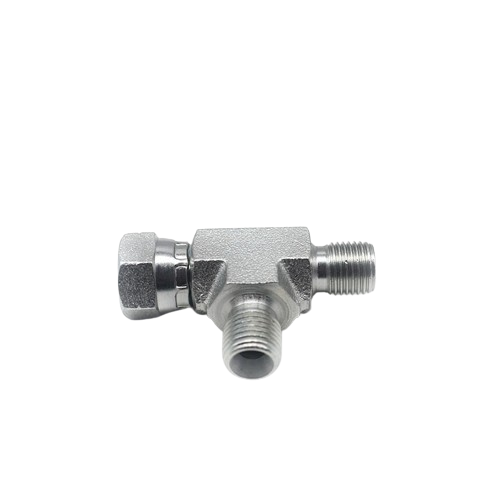When to Use Threaded Fittings: A Comprehensive Guide
2024-06-05
Threaded fittings play a crucial role in various industries and applications. So, in what circumstances are they particularly suitable?
In plumbing systems, threaded fittings are often the go-to choice when connecting pipes. Their reliable sealing and ease of installation make them ideal for domestic and commercial plumbing setups. For example, in a residential bathroom or kitchen, threaded fittings ensure a secure connection for water supply lines.
In industrial settings, such as manufacturing plants or oil refineries, threaded fittings are commonly used for fluid transfer. They can handle high pressures and are durable enough to withstand the rigors of continuous operation. When setting up pipelines for chemicals or gases, these fittings provide a stable and leak-proof connection.
Moreover, in construction projects, threaded fittings are useful for joining pipes for HVAC systems or fire sprinkler installations. Their ability to create a tight seal helps maintain the efficiency and safety of these systems.
Another situation where threaded fittings shine is in the maintenance and repair of existing pipe systems. They offer a convenient way to replace damaged or worn-out sections without the need for extensive rework.
However, it's important to note that threaded fittings may not be the best option in all cases. In some applications where high precision or quick connections are required, other types of fittings might be more suitable.
In conclusion, threaded fittings are a valuable option in a wide range of circumstances, from plumbing and industrial processes to construction and maintenance. Understanding their advantages and limitations helps ensure the right choice for each specific application.




